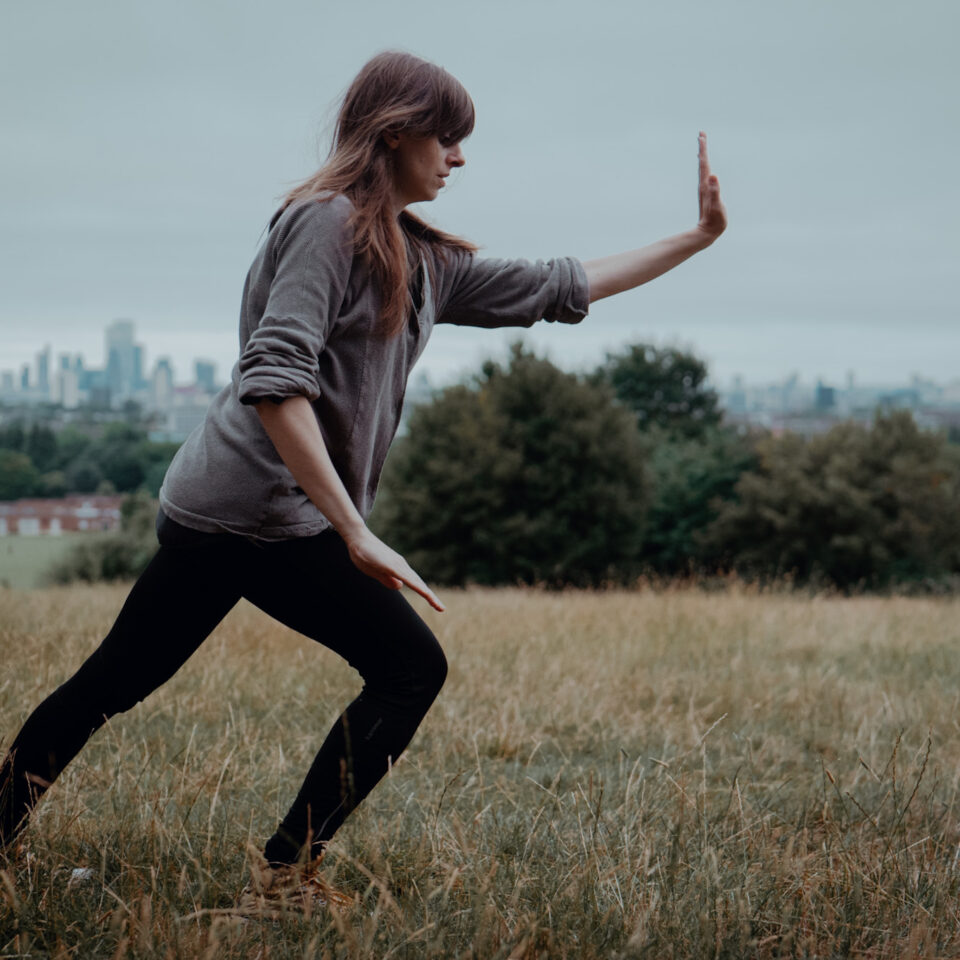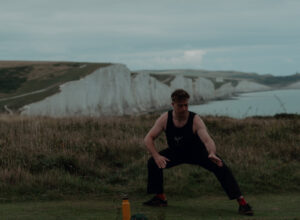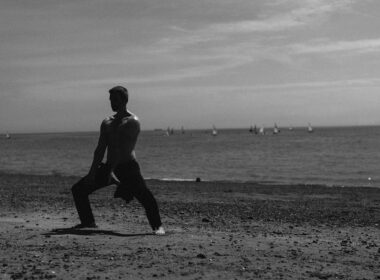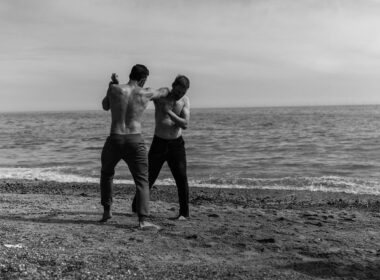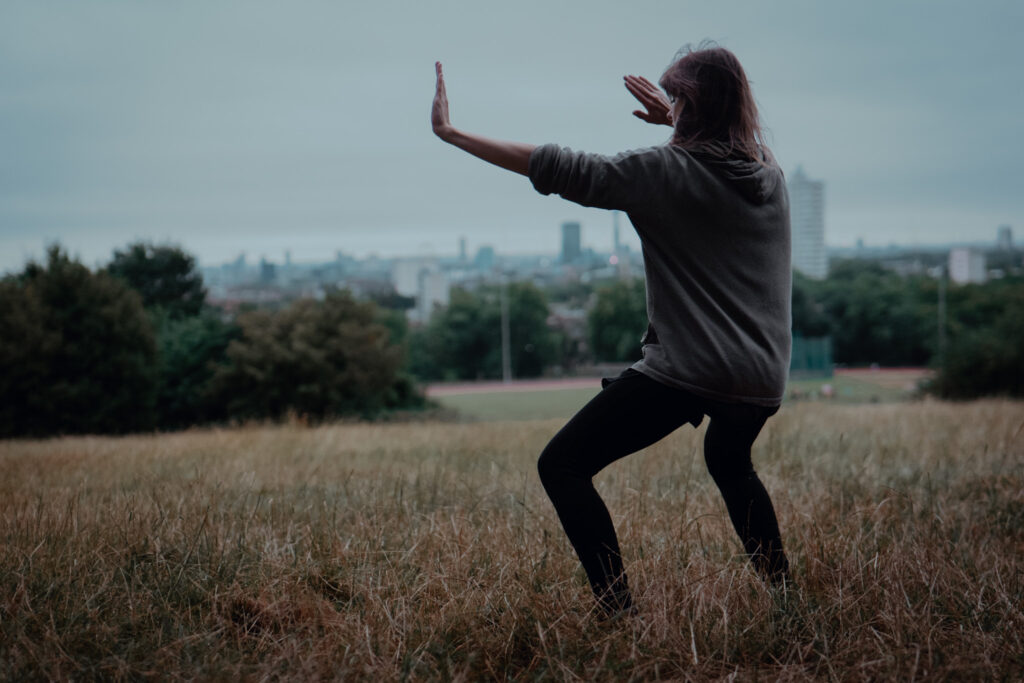From Tai Chi to Pa Kua to I Ching
Tai Chi is a Taoist philosophical concept representing the origin of Heaven and Earth and all matter in the world. The character ‘Tai’(太)literally means ‘Supreme’ while ‘Chi’(極)has the literal meaning of ‘Ultimate’. Tai Chi transcends the limits of both space and time. The Taoists called it ‘Tao’(道), meaning ‘The Way’. In the Tai Chi motif, the white half on the left side represents Yang while the black half on the right ride represents Yin. The black spot on the white half is the Yin in the Yang; white spot on the black half is the
Yang in the Yin.
THE THEORY OF TAI CHI CHUAN
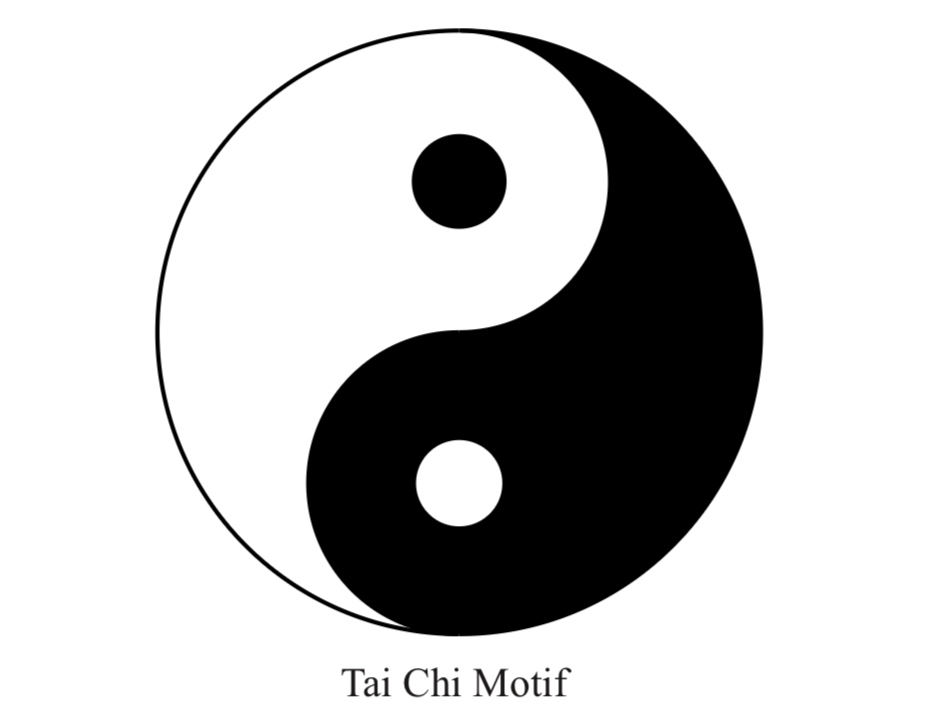
According to Tai Chi principles, the genesis of the Universe is to be found in the two opposite forces within Tai Chi:- Yin and Yang. They are jointly Known as Leung Yee(兩儀), or Two Basics.
A single Yin line with a single Yang Line are referred to as the Two Basics. The Yin line represents the black half of the Tai Chi motif whereas the Yang Line represents the white half. The Yin line The Yang line The Two Basics interact to produce change and give rise to Sei Jeung(四象), or the Four Emblems, which are each represented by two lines.

These Four Emblems are responsible for the formation of the Universe, and can be classified as Old Yin, The interaction of Yin and Yang also causes the formation from the Four Emblems of eight more entities that affect the growth of plants,the birth of animals and even the evolution of the human race. These entities are known as the Pa Kua(八卦) or the Eight Trigrams and are shown below:
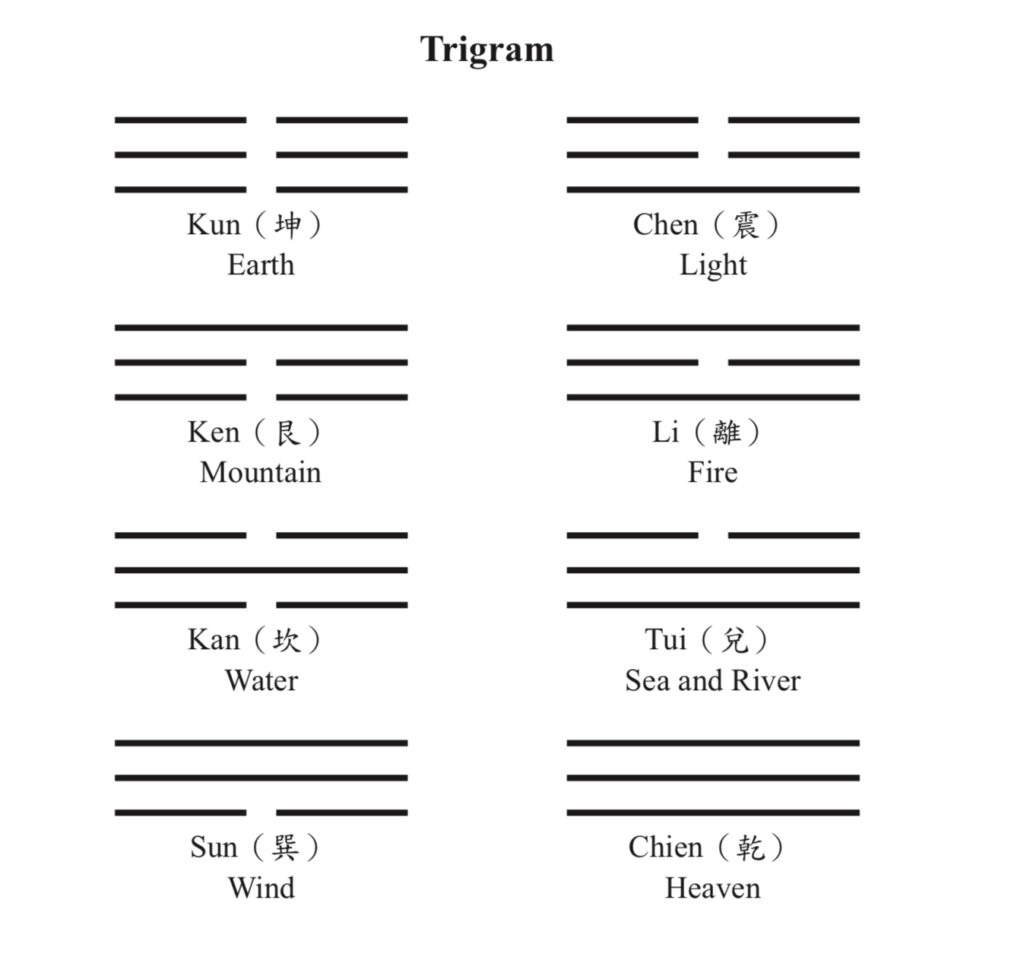
The completion of the ancient Chinese text, the I Ching, was also based on the theory of Tai Chi, and the 64 Hexagrams of the I Ching were derived from the Pa Kua. The process by which, in a logical sequence, the 64 Hexagrams of the I Ching were derived from the Tai Chi motif is reproduced below. It is a sequence which can be continued ad infinitum. The Taoists believed that in this way all the matter in the world could be traced back to the Tai Chi motif. Emperor Fu Hsi (below) is credited with the original development of the Pa Kua.
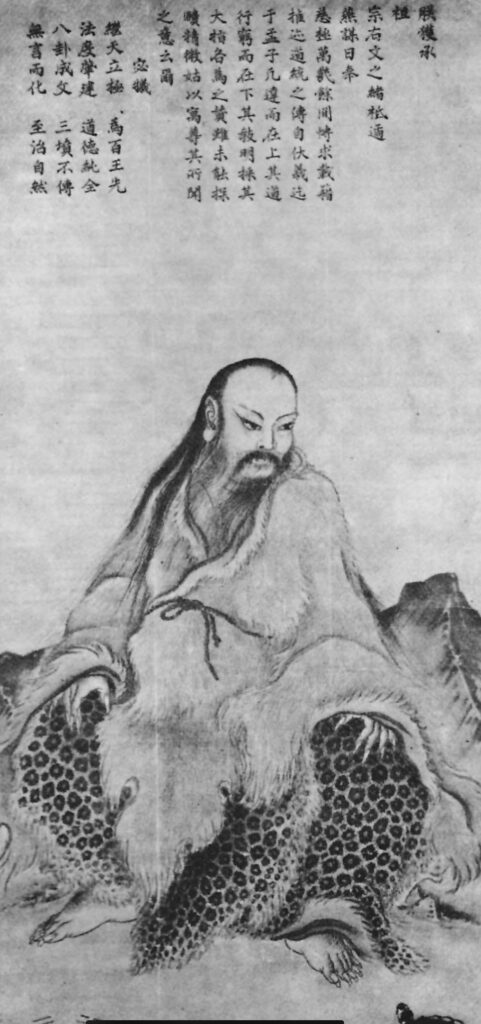
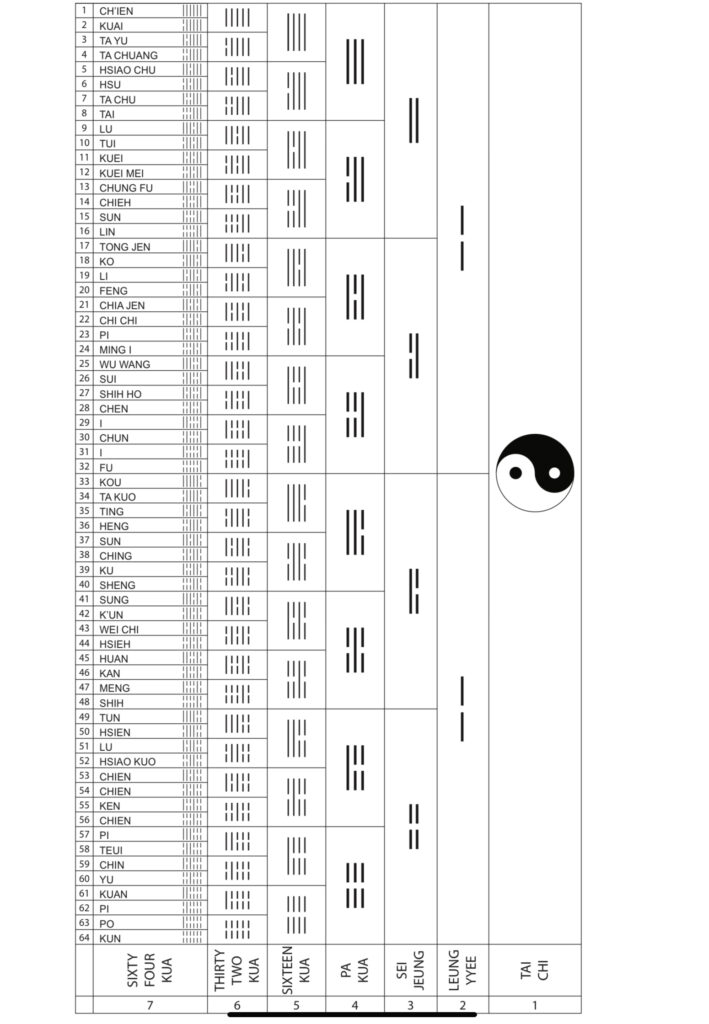
Taoists develop Tai Chi Chuan
Two of the main aims of Taoism were to develop a tranquil mind and to act in harmony with nature. As the hustle and bustle of city life was not conducive to the attainment of these aims, Taoist sages would instead live a hermit-like existence in remote mountainous areas of China. Though life in the mountains had the advantage of quietude, solitude and the absence of outside distractions, the environment was in many ways hostile to man. The mists, cold winds, difficulty in finding suitable food and the constant danger of falling victim to wild beasts or bandits meant that few Taoists came near to achieving the transcendent serenity which they sought.
These problems led the Taoists to develop martial arts which would enable them to improve their physical health, equip them to defend themselves against wild beasts and bandits, and also improve their powers of meditation. The end product of this process of historical development is the art we now know as Tai Chi Chuan.
The founder of Tai Chi Chuan was Chang San Feng, a learned Taoist who lived on Wutan Mountain in Hupei Province. He had already learned something of the other Taoist martial arts which had been in existence since at least the Tang Dynasty (617-907 AD), but was not satisfied with this. He therefore combined his practice of these martial arts with studying Taoist philosophy, and examining the reasons behind the longevity of the tortoise and the crane. Chang’s discoveries led him to create a martial art or ‘Chuan’ based on the theory of Yin and Yang (Tai Chi). Chang San Feng called this martial art ‘Tai Chi Chuan’.

Of the Tai Chi Chuan masters who succeeded Chang San Feng, the most noteworthy are Wang Chung Yueh(王宗岳)who lived during the Ming Dynasty (1368-1644) and wrote the Tai Chi Classic (essays describing essential Tai Chi theory); and Yang Lu Chan(楊露蟬), who was responsible for bringing Tai Chi Chuan to the Court of the Manchu Princes in Peking. Tai Chi Chuan came to be regarded as the martial art of the aristocracy, since few commoners had the opportunity to learn from Yang Lu Chan.
Since Yang’s death in 1872 the Tai Chi Chuan world has became more complicated as ‘new’ styles have evolved. The style we practice is known in Europe as Wudang or Wutan (the older translation of the Chinese characters). It derives from the Wu style whose founder is generally recognised as Wu Chien Chuen(吳鑑泉)who learned from his father Wu Chun Yul(吳全佑), a military officer who in turn was taught by Yang Pan Hau(楊班侯), the second son of Yang Lu Chan.
Wu Chien Chuen taught Cheng Wing Kwong(鄭榮光), the uncle and master of Cheng Tin Hung. He in turn taught Mr Dan Docherty who spread the art throughout Europe. Neil Rosiak (our chief instructor) learned from him.
